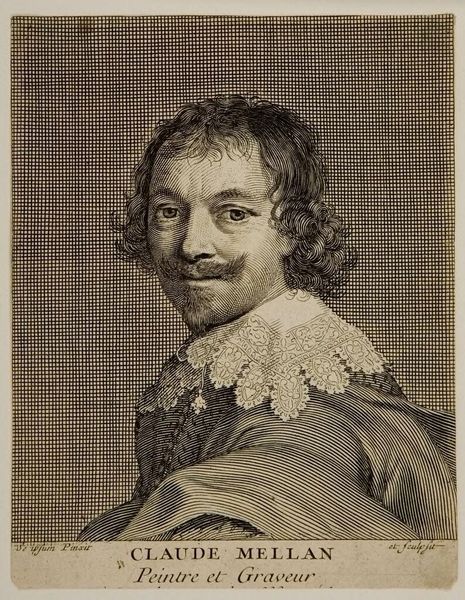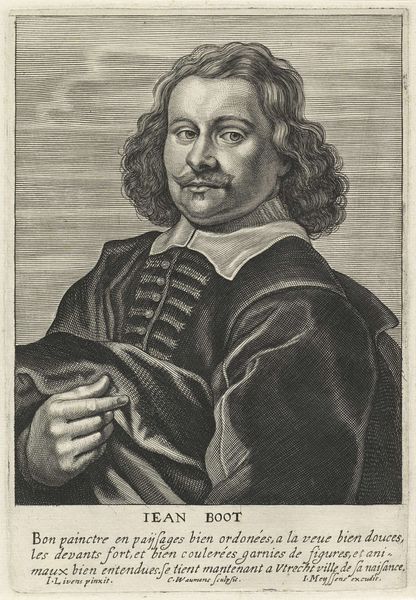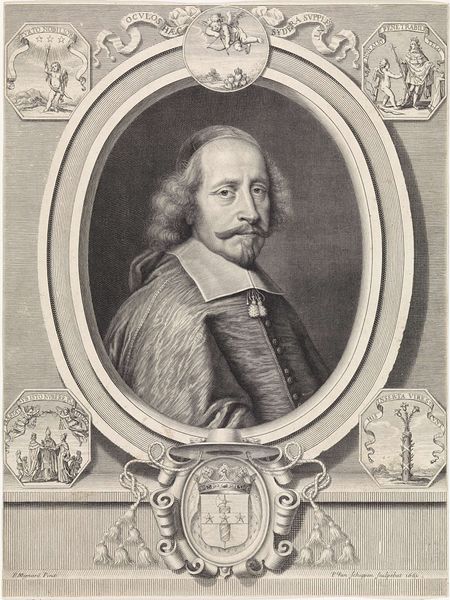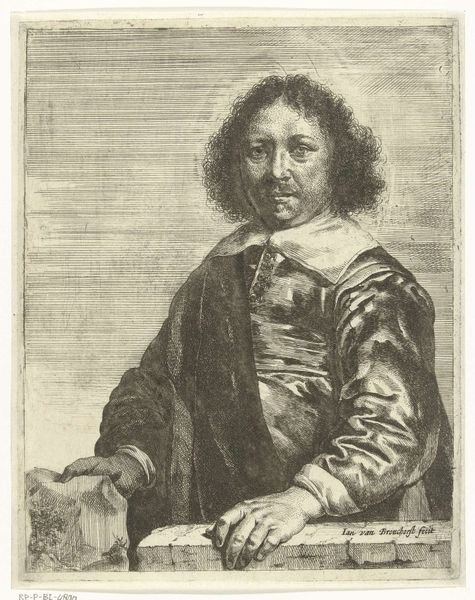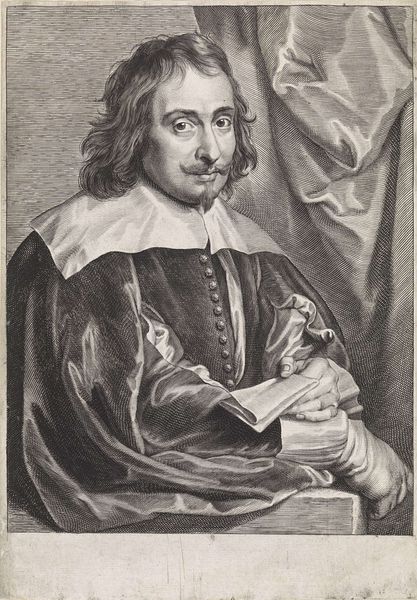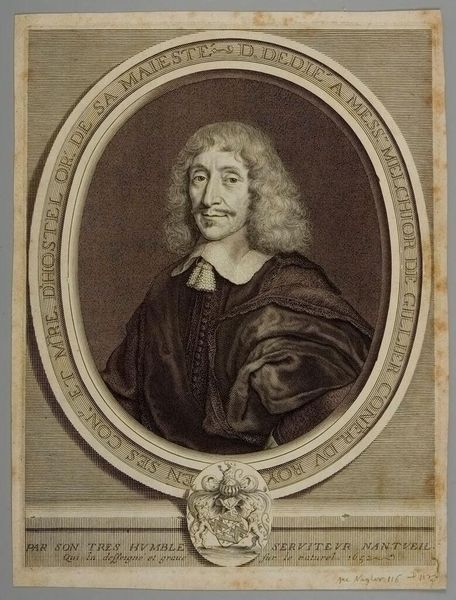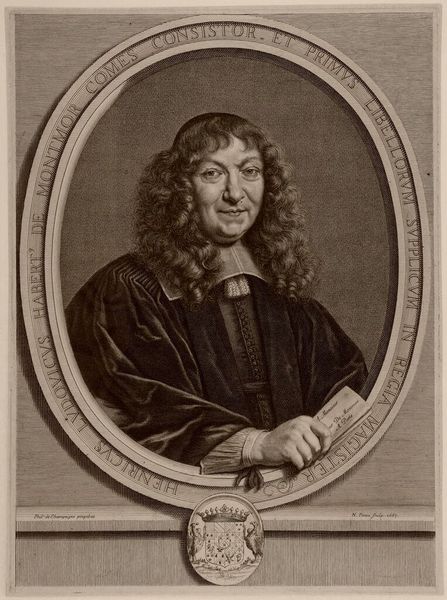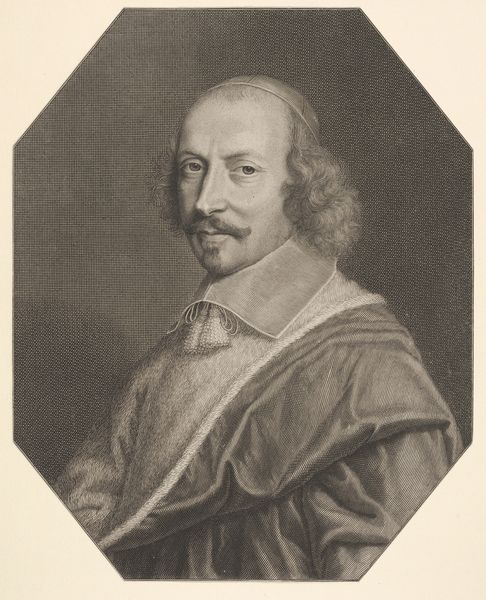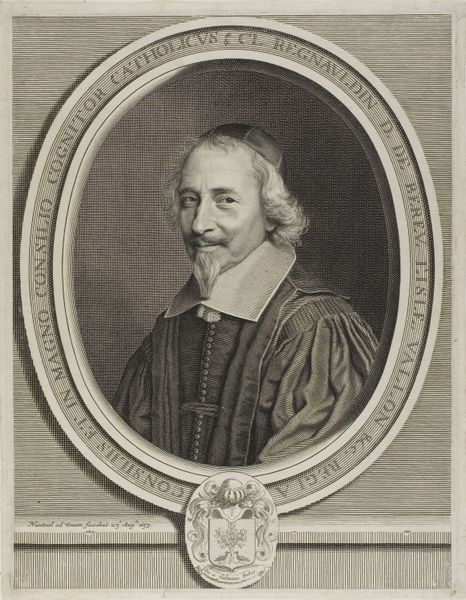
oil-paint
#
portrait
#
baroque
#
dutch-golden-age
#
oil-paint
#
realism
Dimensions: height 45 cm, width 34 cm, depth 5 cm
Copyright: Rijks Museum: Open Domain
Editor: So here we have Nicolaes Maes’ "Portrait of Hendrick Wijnands," painted sometime between 1654 and 1700. It’s an oil painting. The subject is very centered and formal, and his expression seems carefully neutral. What strikes you most about this portrait? Curator: Immediately, I consider the Dutch Golden Age context. It was a period of immense societal shift with burgeoning capitalism, trade, and the rise of a powerful merchant class. Portraits like this, with their direct gaze and focus on individual likeness, were about more than just commemoration. Wijnands' somber attire and the subtle details like his neatly trimmed mustache and collar—what do they suggest to you about his position within that society? Editor: Perhaps he was part of this new elite, keen to display his status and wealth? The clothing looks pretty severe; nothing flashy there. Curator: Exactly. It signifies a departure from aristocratic excess. The emphasis shifts to civic virtue, industriousness, and perhaps a quiet assertion of self-made status. Note also how the background lacks grand landscapes or allegorical scenes—it reinforces that sense of groundedness, of a figure defined not by birth but by accomplishment. Considering the Baroque influences at the time, do you find anything challenging the status quo in his face and posture? Editor: Not obviously. But there's a stillness to the painting and a frankness to his face which is somewhat disarming. It's less about idealized beauty and more about representing a real person. Curator: Precisely. And in that "realness," we find a subtle form of agency. Maes wasn’t just capturing a likeness; he was participating in the construction of a new kind of social identity – one rooted in meritocracy rather than inherited privilege. Editor: I hadn’t considered it in those terms before. Now I see how much the portrait conveys about social changes of the time. Curator: These works invite us to consider how individuals like Hendrick Wijnands strategically crafted their self-image, using portraits as a powerful form of communication in a rapidly changing world.
Comments
No comments
Be the first to comment and join the conversation on the ultimate creative platform.
